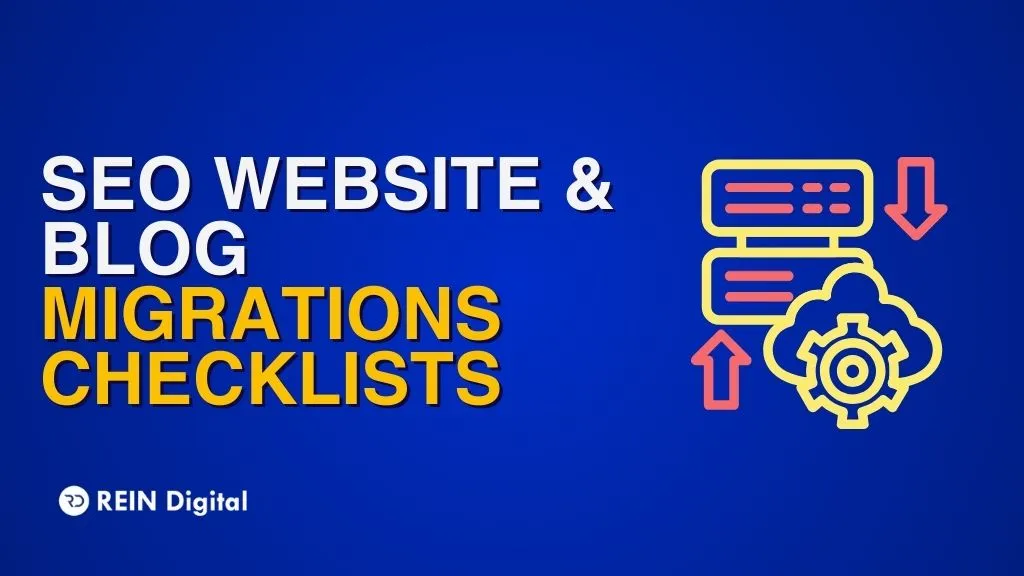.png)
A successful business is built on several factors such as setting the right goal, understanding your customer needs, attaining the right talent, keeping business documents in order, and a lot more. Sometimes, however, businesses are very remiss of what the competition is doing.
Luckily, you don’t have to do a whole lot to understand your competition. You can do some simple research on your own by asking yourself certain questions such as why are they outranking you? What are their strengths? What are their weaknesses? What is their marketing strategy? This is called competitor analysis. If you are still unaware of what a competitor analysis is, let’s look at its definition.
What is Competitor Analysis?
It is an assessment and evaluation of competitors' products, services, strengths, weaknesses, and sales tactics. A full competitive analysis is good practice to include in your business strategy and should be conducted at least once every year.
Business experts believe that staying on top of what your competitors are doing is the best way to stand out from the crowd. It is a good organizational discipline, like maintaining good books.
Why Should You Do a Competitors Analysis?
An analysis of your competitor allows you to see your own uniqueness and unveils any potential barriers that hinder your growth so you can take steps to eliminate those barriers and strengthen your marketing strategy.
More importantly, it keeps your business proactive rather than reactive. A lot of entrepreneurs or start-ups operate based on preconceived ideas as to what their competitors are doing, but most of the time those ideas may not be correct or may be outdated.
Business experts recommend that entrepreneurs should always challenge their assumptions because data in the business landscape changes all the time. Entrepreneurs or C-Suite executives shouldn’t wait for the competition to launch a new product as it puts them in a reactive position.
How to Conduct a Competitors Analysis?
Competitor analysis must be done with a methodical approach instead of throwing stuff at the wall and seeing what sticks. Here’s how you do competitor analysis:
Step 1: Identify Your Competitors
Identifying your competitors might sound simple and straightforward, but there are different types of competitors to consider:
- Direct competitors offer similar products or services, their target audience is the same, and their geographic area is identical as well.
- Secondary/Indirect competitors offer different products or services with a different target audience but are in the same general category as you. For instance, if you own a winery and some own a brewery, they are your secondary competitors as they also sell alcohol, but of a different kind.
- Substitute competitors offer different products or services, but target the same audience group in your geographic area.
Let’s take an example for each type. If you have a nail salon and if some company sells at-home nail kits, that is your substitute competition. Direct competitor examples are Apple Vs. Android, Pepsi Vs. Coca-Cola. Secondary/indirect competition examples are Gucci Vs. Gap. Both are retail brands but their products are for different customers. Gucci caters to a high-end, luxury-focused audience whereas Gap is to a practical, middle-class audience.
Step 2. Gather Information About Your Competitors
After you’ve figured out who your competition is, assess them using the “Four P’s” formula:
- Product: The best way to compare your product to your competition is to buy the competitor's products and use them yourself. Compare the quality and features and find out how your product stands against the competition.
- Pricing: Find out the price of their products or services. What is the price for their channel partners and customers? How much discount do they offer? What is their cost structure and can you estimate it?
- Place: How much geographic area do they cover as compared to you? What is their geographic reach?
- Promotion: What is their marketing strategy to engage and interact with their audience? Find out about their social media presence and see if you could figure out their marketing budget.
The “Four P’s” formula sounds bulletproof, but it has been revamped since it was invented. Here are the other four P’s included in it:
- Positioning: Take a look at their social media, websites, product documents, catalogs, and brochures. Find out about their unique selling proposition. Who are they targeting?
- People: What is the general profile of their employees? What is the size of their organization?
- Partnerships: Who do they work with? How long have they been working together?
- Popularity: What are people’s opinions about your competitor's products or services? How are your reviews compared to theirs?
Digital marketing experts state that if you haven’t done a competitor analysis before, you should spend a couple of weeks with your marketing, sales, and customer service teams and gather data and comb through it and analyze it. Next, have a two-hour focused session with your team to understand what you’ve found and take action according to it.
Step 3. Compare and Analyze Competitor Content
All digital marketers know that ‘content is king.’ So, you have to dig deeper into your competitors’ content and understand what they are publishing on a regular basis.
When you analyze your competitor's content, you’ll come to know how successful their content strategy is and how consumers engage with their brand. What type of content do they focus on? Are they providing any value with their content? What is their niche? You have to analyze the following:
- Blog posts, case studies, white papers, newsletters, ebooks
- Social media - Facebook, Twitter, Snapchat, LinkedIn, Tik Tok, Instagram, and more
- Podcasts, videos, webinars
- Images
- Paid ads
- Press releases
When you are analyzing their content, review your content as well to compare the quality. Look at the frequency of their blogging, when and where they are guest posting, how frequently they are updating their existing content, and the topics they are discussing as well.
Try to notice the tone of voice when they are engaging with their customers, and analyze the messaging and the language they use. Do a competitor website analysis to find out about their site structure, SEO strategy, navigation, and more. If you find out that they are performing better than you, ask yourself these questions:
- What are we missing out on?
- What are they doing that we aren’t?
- How frequently are they posting during the week?
- Is your target audience correct?
- Are they copying their content strategy from somewhere else?
Step 4. Analyze Competitors' SEO Structure
Competitor analysis is important if you are about to launch a new website and want to study your competitors and the industry. It is also required if you are running paid ads and they aren’t working and lastly if your business is successful but stagnant.
You are posting at the same rate as your competition, but you are not getting results. Your goal is to outrank them on SERP. You have to find out their strategy by conducting a competitor SEO analysis. You should be analyzing the places your competitors is using the keywords such as:
- Page title
- Content
- Meta description
- H1, H2, H3, H4 tags
- Image alt text
- URL architecture
- Social media
- Internal links
- Ads
Now analyze the following:
- Check the domain authority
- Sitemaps - image, HTML, video, XML
- Page templates - is their site responsive? How well designed is it? Is it optimized for mobile devices?
- Backlink strategies - are they linking to other websites? Are they linked to yours?
- Topics of discussion in blogs and posting frequency
After this, you need to do competitor keyword analysis using a tool like Ahrefs. Here's what you need to look into:
- Basic keyword research
- Backlink data
- Keyword validation
- Individual keyword tracking
- Keyword alerts
- Organic visibility tracking
- Competitors’ links
When you are using tools such as Ahrefs, look for long-tail keywords with lower search volume. A short-tail keyword like a book may be popular, but the competition for this keyword is going to be very high. If you target long keywords such as books to read while traveling, there’s going to be less competition and you can rank for it easily. Also, when you are conducting competitor keyword analysis, don’t forget to research whether your competitors are using trending keywords. If you jump on a trending topic, there’s a higher chance that your content will be found.
Step 5. Analyze Your Competitors’ Strengths and Weaknesses
When you are having a two-hour focused session with your team, make sure that you can easily compare your performance with your competitors. Begin the session by ranking your competitors on a scale of 1 to 10 using a simple table.
Find out the strengths and weaknesses of your competitors one by one and you’ll figure out where you stand in the rankings. When you are analyzing your competitors, you’ll find strengths that you might not have yet, but you’ll also find weaknesses where you can excel. Finding out strengths and weaknesses might not be possible in one two-hour session. Have multiple sessions to find out where you exactly stand.
Step 6. Determine your Competitive Advantage
With all the analysis done, you’ll have all the information you need at your fingertips. Now, it's time to find out your competitive advantage and form a business strategy. Here’s what you need to ask yourself:
- Where should we focus?
- What are we good at as compared to the competition?
You’ll be able to pinpoint your strengths and competitive advantages while you are conducting the competitor analysis. You’ll find out that your content is better than your competitors so you have to leverage that and integrate it into your social media and paid ads to make yourself stand out.
What’s Next?
If this is your first competitive analysis, don’t worry about being correct on your first try. You are going to make mistakes, but you have to get an actionable sense of the competitive landscape to get accustomed to it. Based on the results of your analysis try to find a sweet spot, where you can perform well.














